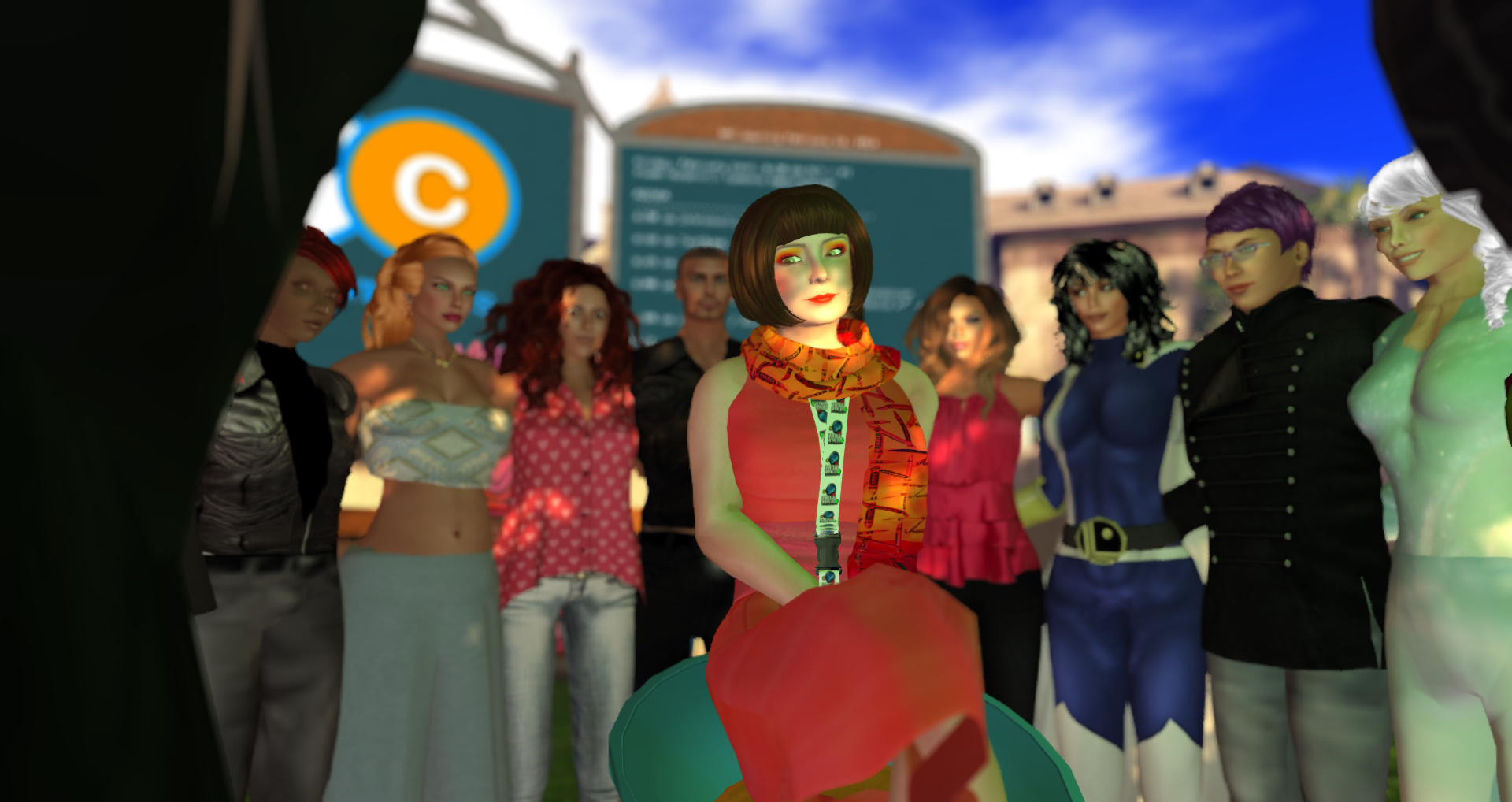While not directly virtual world related, I thought the Nonprofit Commons community might find useful my review of the new book Twitter for Good, by Claire Diaz-Ortiz, since many of you are Twitter users. And the lessons from the book are in my view applicable to other social media tools, even Second Life.
IMPORTANT NOTE: Retailing for about $16, today only (September 6) you can get a free e-version of Twitter for Good for your Kindle or Nook compatible device here.
Read on for my review. All of these views stated are my own and do not necessarily reflect the views of TechSoup….
Twitter for Good by Claire Diaz-Ortiz is a concise primer on how to effectively use the Twitter micro-blogging platform to support your nonprofit or charitable cause. I received a reviewer’s copy last week and found it to be a quick and informative read for the nonprofit professional.
Subtitled “Change the World One Tweet at a Time”, Twitter for Good is probably most helpful for an organizational leader wondering how to leverage this particular social media tool to support your group’s mission. Diaz-Ortiz describes a helpful and memorable framework to help you to plan for your use of Twitter by your organization, a structure she calls “T.W.E.E.T.” which stands for:
- Target
- Write
- Engage
- Explore
- Track
While this framework was written to focus on Twitter, I think it could easily be applied to helping your group think about any other kind of social media tool, whether it is YouTube, Second Life or FaceBook.
The most useful parts of the book for me were the specific case studies (real and imagined) about how groups can use Twitter for different applications — fundraising, activism, brand awareness, etc. I’m a Twitter “veteran” of several years, but there were a few applications that I had not heard of that were impressive and memorable. For example, I have not thoroughly explored all that you can do with Twitter “lists” or how to court social media “influencers” to re-tweet your posts.
The book has a breezy, encouraging, positive tone that make it easy to read. One proviso is that the author is an employee of Twitter, so her perspective is as a paid promoter for the platform. So her anecdotes are all unqualified success stories, for obvious reasons.
I would have liked for the author to have stated at some point that an organization’s Twitter strategy should be nested within a larger communications / outreach strategy, employing a number of traditional and social media channels. That seems like a fairly obvious and non-controversial point that wouldn’t detract from her main thesis. She skirts around this at various points, but it probably deserves to be higlighted.
Overall, Twitter for Good makes a strong case for why Twitter is such a user-friendly, low-barrier-to-entry communications tool that can help an organization achieve greater impact on the world. A newcomer to the professional applications of Twitter will certainly get a good start, and even veteran social media experts might find some fresh insights from the book.
[Full Disclosure: I received a full digital copy of this book for review from the publisher.]
Written by: rikomatic

